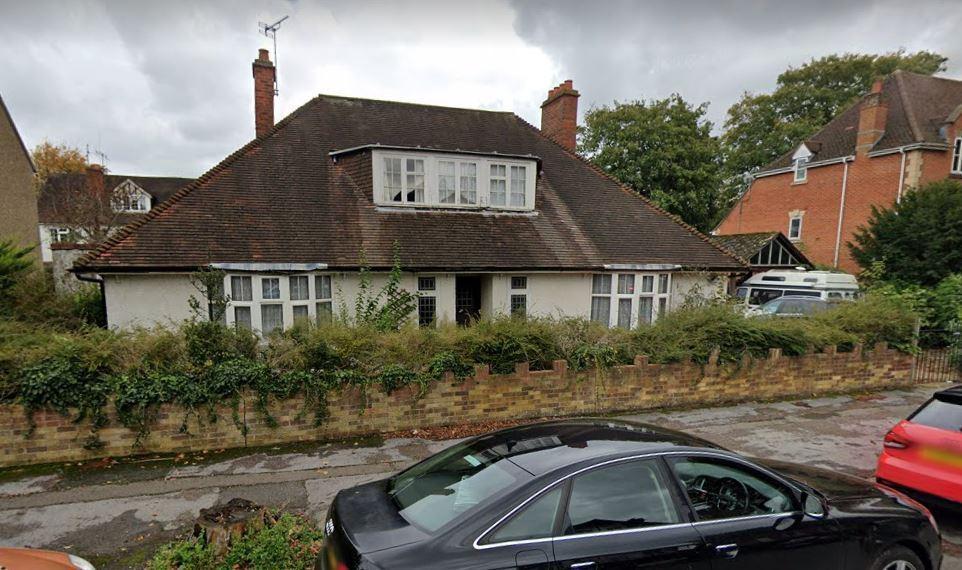The bustling town of Aylesbury is bracing itself for significant travel disruptions as a crucial thoroughfare into the town is […]
In a contentious move that has ignited widespread local fury, the Government has approved the ambitious £600 million Sunnica solar farm project on the border of Cambridgeshire. This decision has sparked significant concerns among residents of four Cambridgeshire villages, who fear the future will bring an array of negative impacts to their communities.
Residents Raise Concerns Over Significant Negative Impact

Source: https://www.cambridge-news.co.uk/news/local-news/fury-government-green-lights-600m-29545493
For the local populace in the affected villages, the approval of the Sunnica solar farm represents more than just an infrastructural development; it symbolises a potential threat to their quality of life. Claims have been circulating that the project will lead to considerable adverse effects on these small communities, which include Newmarket, Chippenham, Snailwell, and Red Lodge.
The primary concern revolves around the environmental and aesthetic changes that the project is expected to bring. Villagers argue that the extensive solar arrays will alter the rural landscape drastically, turning picturesque views into seas of photovoltaic panels. For many, this means the potential depreciation of property values and the loss of the traditional countryside charm that defines their homes.
Environmental and Logistical Challenges Loom Large
The environmental impact of the Sunnica project is another significant point of contention. Critics argue that the installation of such large-scale solar farms can lead to disruptions in local wildlife habitats and agricultural activities. These environmental alterations, they contend, could be irreversible and might outweigh the renewable energy benefits that the project aims to deliver.
Logistical challenges also emerge as notable concerns. The massive construction effort required to build the solar farm is expected to lead to increased traffic, noise, and general disruption for extended periods. Local infrastructure, which is not designed to handle such stresses, may suffer, leading to longer-term inconvenience for local residents.
Balancing Renewable Goals With Community Welfare
Proponents of the Sunnica solar farm emphasise the necessity of transitioning towards renewable energy sources to combat climate change. They argue that projects like Sunnica are critical components of the UK’s strategy to reduce carbon emissions and achieve net-zero targets by 2050. The farm is projected to generate enough electricity to power thousands of homes, thus contributing significantly to the national grid and reducing reliance on fossil fuels.
However, this raises the perennial question: at what cost should progress come? While renewable energy projects are undeniably important, balancing environmental responsibility with community welfare is crucial. The Government's approval of the Sunnica solar farm demonstrates a commitment to green energy, but it also highlights the contentious nature of such developments when they intersect closely with established communities.
The Path Forward: Seeking Compromise
As the Sunnica solar farm project moves forward, the need for dialogue between developers, government authorities, and local residents becomes ever more apparent. Finding a middle ground where renewable energy initiatives can coexist harmoniously with local interests remains a challenging yet essential goal.
Mitigation measures, such as enhanced landscaping plans to minimize visual impact and comprehensive Environmental Impact Assessments (EIA) to address biodiversity concerns, could be pivotal in easing local apprehensions. Additionally, transparent communication and perhaps even compensation or community benefits could go a long way in fostering goodwill among those directly affected by the development.
The story of the Sunnica solar farm epitomises the growing pains associated with the UK's renewable energy transition. It serves as a potent reminder that while the journey towards a sustainable future is imperative, it must be navigated with sensitivity to the lives and landscapes it touches.
